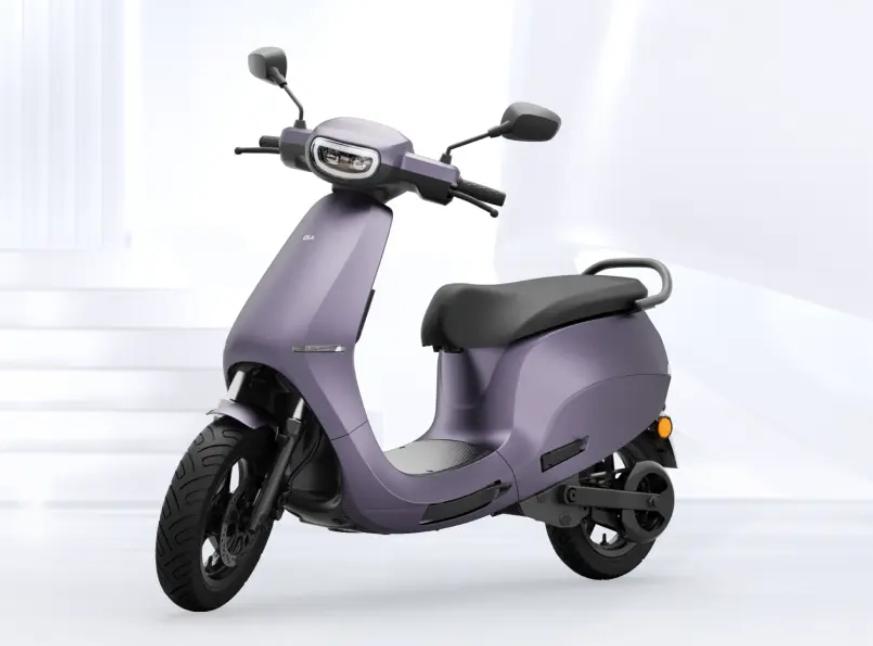
Ola Electric, once the undisputed leader of India's electric two-wheeler revolution with over 50% market share, is now facing a steep decline. As of May 2025, the company has slipped to third place in the EV two-wheeler market. TVS Motor now holds the top spot with a 25% market share, followed by Bajaj Auto at 22.6%. Ola Electric is now left with only 20%.
In May 2024, Ola registered 37,388 vehicles. A year later, in May 2025, registrations fell to just 15,221 units — a massive drop of more than 60%. While the overall sector is experiencing a slowdown, Ola’s problems are deeper and multifaceted.
The company is battling severe operational and regulatory challenges. Founder Bhavish Aggarwal had stated in an earnings call that the company needed to sell at least 500 units per month to reach operational profitability. However, current sales figures are far below this mark. Losses are mounting, and Ola recently announced plans to raise ₹1,700 crore through debentures and debt instruments, clearly indicating financial stress.
Following its IPO in August 2024, Ola Electric’s share was priced at ₹76. By May 2025, the stock had dropped to ₹52 — marking a nearly 30% loss for investors. This decline comes amid falling sales, widening losses, and increasing scrutiny from regulators.
Both SEBI and the Ministry of Transport are investigating discrepancies in Ola’s reported sales numbers. In February 2025, the company claimed to have sold 25,000 units, but official vehicle registration data showed only 8,600. Ola attributed the difference to registration delays and a shift in dealership models. However, the Ministry has now mandated that only delivered and invoiced vehicles be counted in official sales figures. SEBI is also examining whether investors were misled with incomplete or inaccurate information.
Customer trust has also taken a hit. Complaints include lack of service centers, poor battery performance, delayed replacements, and inconsistent availability of spare parts. These issues have significantly impacted Ola’s reputation among users.
Adding to the controversy, the Ola Electric brand — currently owned by ANI Technologies (which also operates Ola Cabs) — is being transferred to a new holding company controlled by Bhavish Aggarwal’s family office. Some shareholders have raised concerns over this move, questioning the corporate governance of the company.
In 2023, Ola announced plans to build a gigafactory to manufacture EV battery cells, allocating ₹1,227 crore for the project in its IPO documents. However, by May 2025, an ICRA report confirmed that not a single rupee had been spent. The ambitious battery manufacturing dream remains unfulfilled.
Despite all these setbacks, Ola Electric is still making efforts to stay relevant. In May 2025, it began deliveries of its electric bike, the Roadster X. Earlier in January, it launched the third-generation of its electric scooter. The previous year also saw the launch of the S1Z and Gig models, designed with affordability and gig workers in mind.
Ola Electric is clearly in a tough spot — facing competition, regulatory scrutiny, financial pressure, and eroding consumer trust. Yet the company continues to launch new products and fight for its place in the market.
Only time will reveal whether Ola Electric can recover and reclaim its dominance, or if this marks the beginning of a long decline in India’s fast-evolving EV landscape.
Disclaimer:
The information provided in this article is based on publicly available reports and sources as of May 2025. It is intended for informational purposes only and should not be considered as financial or investment advice. Readers are encouraged to conduct their own research or consult with a professional advisor before making any investment or business decisions.




